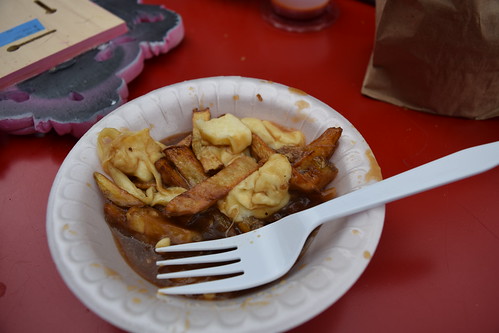Graphic novel on Wagner Group lifts the lid on African atrocities
Poutine #Poutine

The cover brings to mind Russian nesting dolls. Yevgeny Prigozhin stands front and centre, his chest bearing the skull and crossbones logo of the Wagner paramilitary group he founded, his menacing silhouette set against a glowing backdrop over which the face of Vladimir Putin looms.
Wagner, l’histoire secrète des mercenaires de Poutine (“Wagner: The Secret History of Putin’s Mercenaries”), by Jeune Afrique journalists Mathieu Olivier and Benjamin Roger, was published by French publishing house Les Arènes on 8 February.
The flourishing graphic novel sector has over the past decade proved an ideal medium for journalistic reports and investigations, allowing journalists to recreate scenes that cannot be photographed and offering a new way to view current affairs.
A mosaic of stories
As the two authors point out in their credits, the book was “largely informed by investigations that appeared in Jeune Afrique between 2021 and 2023”. A mosaic of stories from Ukraine, Syria and the UAE, this portrait of the Wagner Group also draws heavily on journalistic missions to Mali, Burkina Faso, the Central African Republic and Cameroon. This 176-page work is the fruit of hours of interviews.
The graphic novel depicts the rise of the Russian mercenaries in four movements: The Central African Laboratory, The Malian Breakthrough, The Crazy War and The New Era. Through well-known and fictionalised characters, and playing with chronology, it examines the status of these soldiers without medals and often without ideology, incongruously recruited and with succinct training, half-brothers in atrocity to the Russian soldiers they sometimes come across.
© Les Arènes
From panel to panel, between the cult of muscle and the science of propaganda, Wagner weaves its web until the death of its founder – an event the authors incorporate. The storyboard benefits from the experience of illustrator Thierry Chavant, well-versed in investigative comics, having co-written Sarkozy-Khadafi, des billets et des bombes (“Sarkozy-Gaddafi: Banknotes and Bombs”).
Assisted by colourist Mathilda, the cartoonist tells a story rooted in reality. The comic alternates between voice-overs, deceptively innocuous dialogue and almost silent panels, the latter providing a welcome respite from the macabre unfolding of Wagner’s story.
Anchored in reality
The depiction of the atrocities the group has committed is crude without being gratuitous. While skulls catch fire on page 110, a mass grave is given the bleached-out treatment 24 pages later, out of respect. This graphic work reveals the importance of propaganda for the paramilitary group; the recourse to negotiation in Sudan; the plundering, via commercial companies, from port management to the forestry sector, and the smug and insufficient policies of Western politicians.
The text is rich in figures, dates and information. Published as close as possible in time to real-life events, it does not evade the question of Wagner’s future after the deaths of Prigozhin and alleged Wagner co-founder, Dmitri Outkin.
As unfathomable as Putin is, eight words are enough for the authors to explain his machinations in one final single panel.
Wagner, l’histoire secrète des mercenaires de Poutine, by Mathieu Olivier, Benjamin Roger and Thierry Chavant, Les Arènes, 176 pages, €22 ($24).
Understand Africa’s tomorrow… today
We believe that Africa is poorly represented, and badly under-estimated. Beyond the vast opportunity manifest in African markets, we highlight people who make a difference; leaders turning the tide, youth driving change, and an indefatigable business community. That is what we believe will change the continent, and that is what we report on. With hard-hitting investigations, innovative analysis and deep dives into countries and sectors, The Africa Report delivers the insight you need.